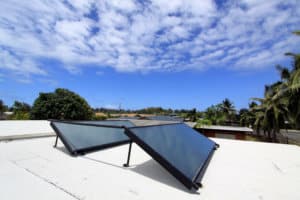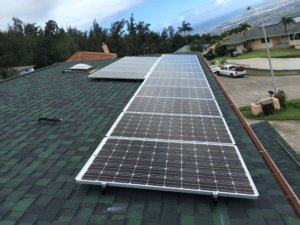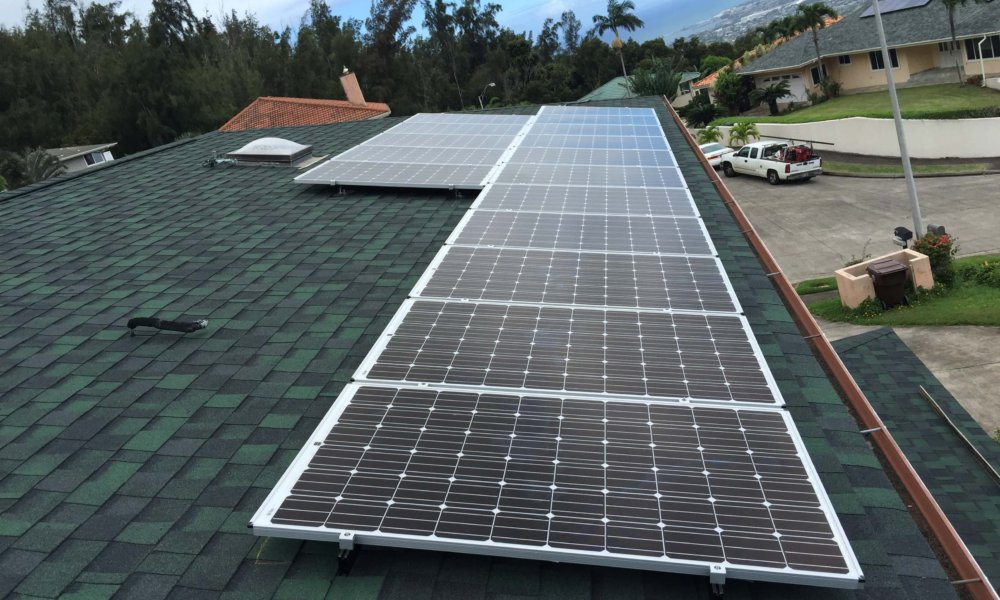When you consider going solar, you may have to ask yourself which method is right for you. You’ve probably heard terms such as “solar thermal technology” and “photovoltaic (PV),” and you aren’t sure which will be the most effective for your household. Learning about each can help you make an informed decision.

Solar Thermal Technology
Energy created through solar thermal technology, uses the light from the sun to create heat. That heat then runs a heat engine, which turns a generator to make electricity. The energy created is used to heat water or other fluids.
The most common use of this in a household is a solar hot water heater. When users need hot water, that solar-heated water is fed into your primary water-heating system. Because the water is already heated through solar, your boiler or water heater will either remain dormant, or will be activated for a small period of time to reach the desired temperature.

Photovoltaic (PV) Technology
PV energy conversion, on the other hand, uses solar cells to convert the sun’s light directly into electricity. This is where the term “photovoltaic” comes from, converting light (photons) into electricity (voltage).
PV systems can be used to power your home’s electrical systems. The most common practice today is to mount modules onto a southern-facing roof to be exposed to more consistent sunlight. There are even modules that look like roof shingles to blend in with a traditional rooftop.

